The work of artists in 18th century New Spain (Mexico) is the focus of this exhibition. Through some 110 works of art (primarily paintings), many of which are unpublished and newly restored, the exhibition will survey the key artists and stylistic developments of the period and highlight the emergence of new pictorial genres and subjects. The 18th century ushered in a period of artistic innovation, as local schools of painting were consolidated, new iconographies were invented, and artists began to organise themselves into academies. Attesting to the artists’ versatility, painters whose monumental works cover the walls of chapels, sacristies, choirs, and university halls were often the same ones who produced portraits, casta paintings (depictions of racially mixed families), folding screens, and intimate devotional images.
This exhibition is co-organised by the Los Angeles County Museum of Art (where it was first presented) and Fomento Cultural Banamex, A.C. Find out more from the Met’s website.
Preview the exhibition below | See Apollo’s Picks of the Week here
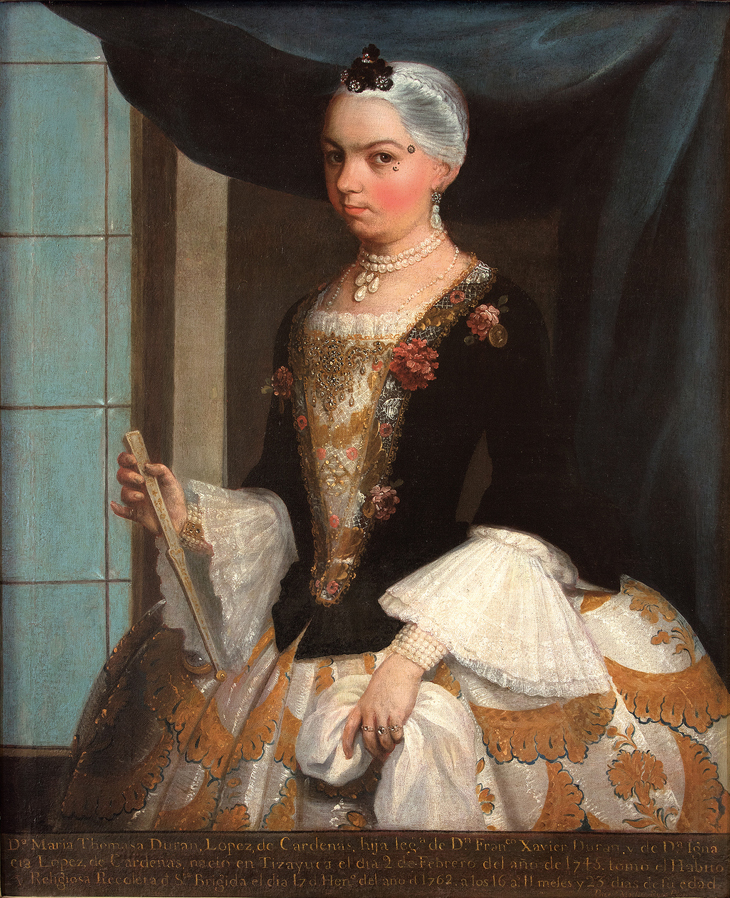
Portrait of Doña María Tomasa Durán López de Cárdenas (c. 1762), Juan Patricio Morlete Ruiz. Photo: Rafael Doniz; © Museum Associates/LACMA/Fomento Cultural Banamex, A.C.
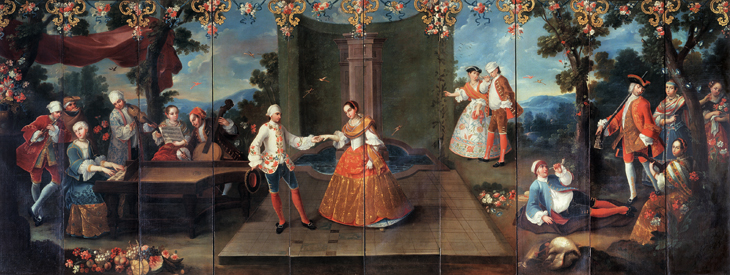
Folding Screen with Fête Galante and Musicians (c. 1760), attributed to Miguel Cabrera.

Portrait of a Conceptionist Nun (18th century), unknown artist. Photo: Rafael Doniz; © Museum Associates/LACMA/Fomento Cultural Banamex, A.C.




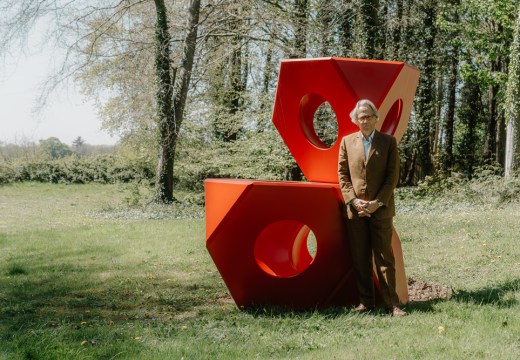

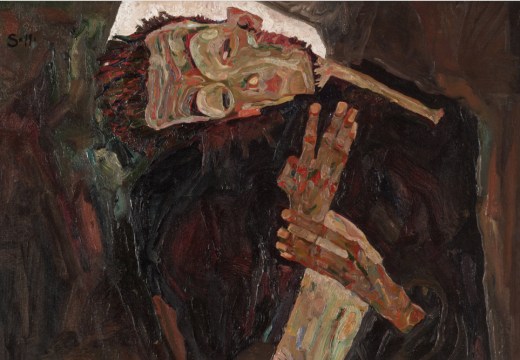

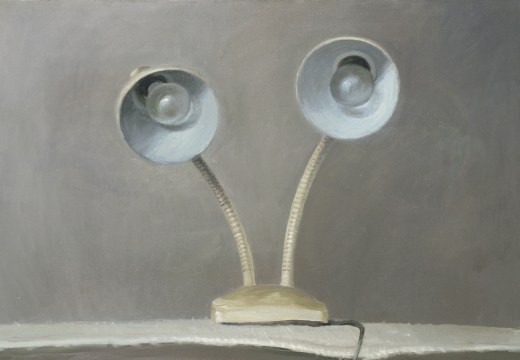
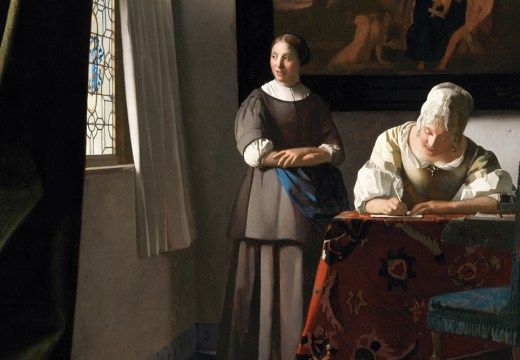
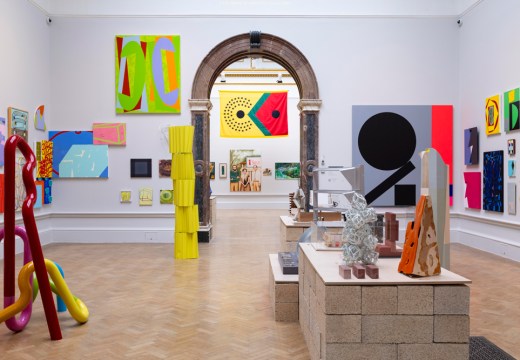
![Masterpiece [Re]discovery 2022. Photo: Ben Fisher Photography, courtesy of Masterpiece London](https://apollo-magazine.com/wp-content/uploads/2022/07/MPL2022_4263.jpg)
‘A revolutionary flame burned bright within him’: David Bindman (1940–2025)